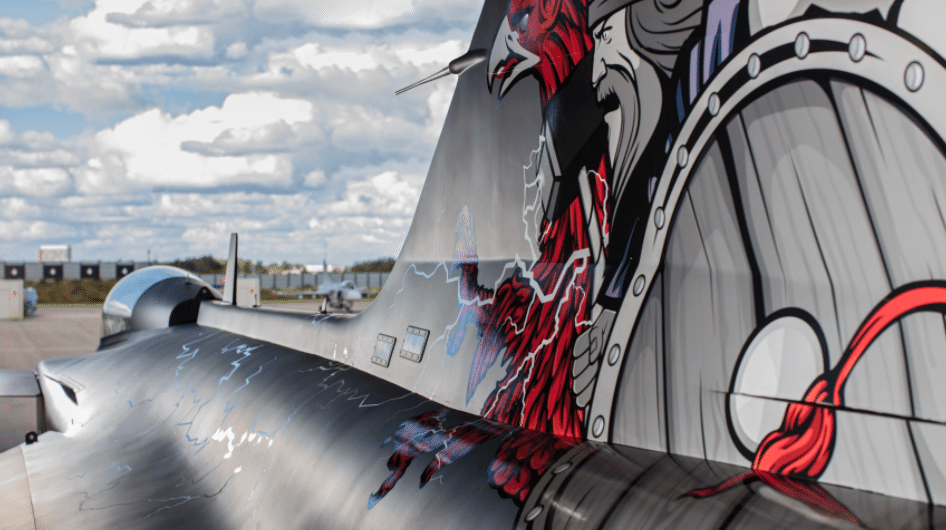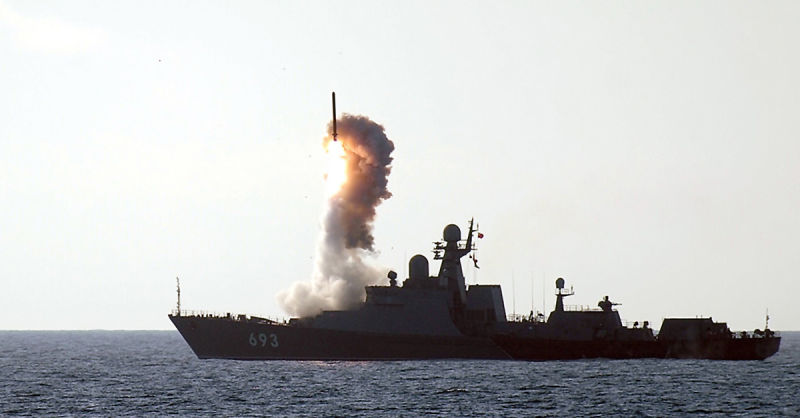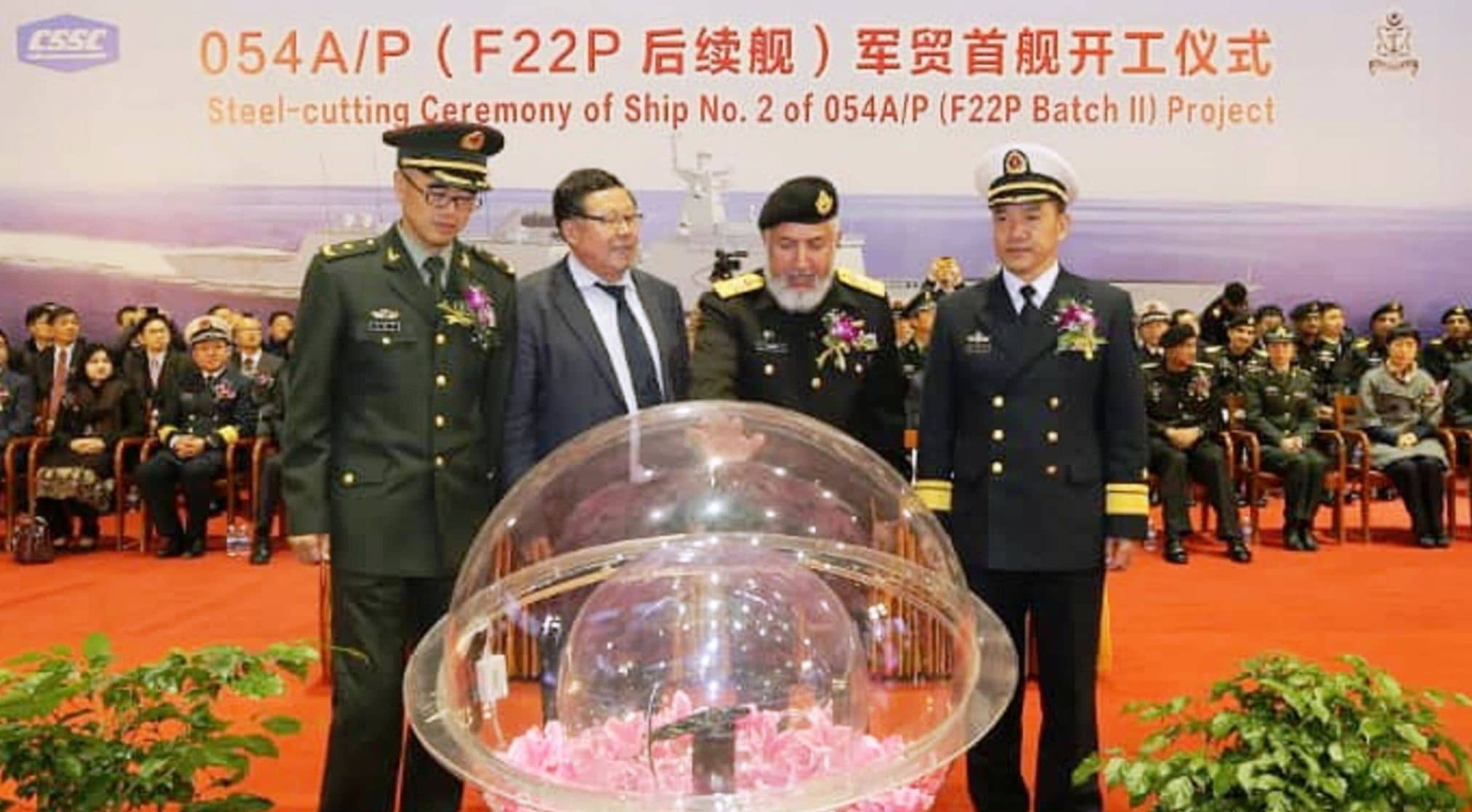2603Views 1Comment

Saab introduces ‘Gripen Aggressor’ DACT platform
Saab has recently introduced a new variant of its venerable JAS-39C Gripen – designated ‘Gripen Aggressor’ – for dissimilar air combat training (DACT) and aggressor roles.
In its official press release, Saab states that while the Gripen Aggressor is based on the Gripen C/D – thus inheriting the platform’s low life-cycle cost, sensors and networking – it “will not carry live armament.”
The Gripen Aggressor is the result of an 18-month study at Saab, which examined potential air combat training requirements and challenges, especially of the future. Saab’s emphasis is on providing a high-end solution that provides pilots with a strong understanding of emerging air warfare threats (IHS Jane’s).
Saab believes that the Gripen Aggressor is an appropriate platform for future air combat training needs, especially in comparison to current platforms, which carry the risk of “negative-training” – i.e. not providing enough value-added experience and insight in DACT (Flight Global).
“In order to train as you fight, you need to fly advanced combat tactics against peer and near peer opponents like the Gripen Aggressor. Essentially world class pilots need to train against world class opponents and that is the Gripen Aggressor”, says Gripen marketing and sales head Richard Smith.
Saab is marketing the Gripen Aggressor to the U.S. Air Force’s (USAF) Adversary Air (ADAIR) and the U.K Ministry of Defence’s (MoD) Air Support to Defence Operational Training (ASDOT).
Notes & Comments:
Saab’s main pitch with the Gripen Aggressor is that the platform is essentially the best-equipped, designed and configured system for high-fidelity aggressor training. In part, this is a result of the Gripen C/D’s core features, which include its modern aerodynamic attributes and electronics suite, but also the reality that the Gripen Aggressor closely mirrors increasingly ubiquitous air combat challenges.
For example, Russia’s United Aircraft Corporation (UAC) is pitching its new Fulcrum variant, the MiG-35, to existing MiG-29 (and older MiG-variant) users in the developing world. UAC is offering the MiG-35 with an active electronically-scanned array (AESA) radar, helmet-mounted display and sight (HMD/S) system, modern electronic warfare (EW) and electronic countermeasures (ECM) suite and contemporary air-to-air missiles (AAM). These ingredients are finding their way in many platforms in the developing world, including the J-10C, JF-17 Block-III and Tejas Mk1A and Mk2.
Currently, mainstay aggressor platforms comprise of either legacy combat aircraft, such as the A-4, or new lead-in-fighter-trainers (LIFT) such as the Aero Vodochody L-159. In fact, Draken International, a private DACT provider, recently praised the L-159 for providing accurate and cost-effective performance in the DACT environment. Saab is taking aim at this market with the Gripen Aggressor, and it is highlighting the dispersal of technologies once confined in NATO to beyond to justify added cost over current options.
Saab nullifying the Gripen Aggressor’s weaponization capabilities adds an interesting dimension as well. First, unlike the L-159 (or other LIFT) and older platforms, the Gripen Aggressor is pure training platform, one that cannot be remodelled into an air combat platform. Second, it raises the question of whether the Gripen Aggressor could be made available to private air support contractors, such as Draken International, Paramount Group and others. These companies are a factor in the aggressor aircraft market, as evidenced by Draken International buying 28 surplus L-159s from Aero Vodochody’s stocks.



1 Comment
by sami shahid
I guess India will buy Gripen if it really goes for a single engine air craft